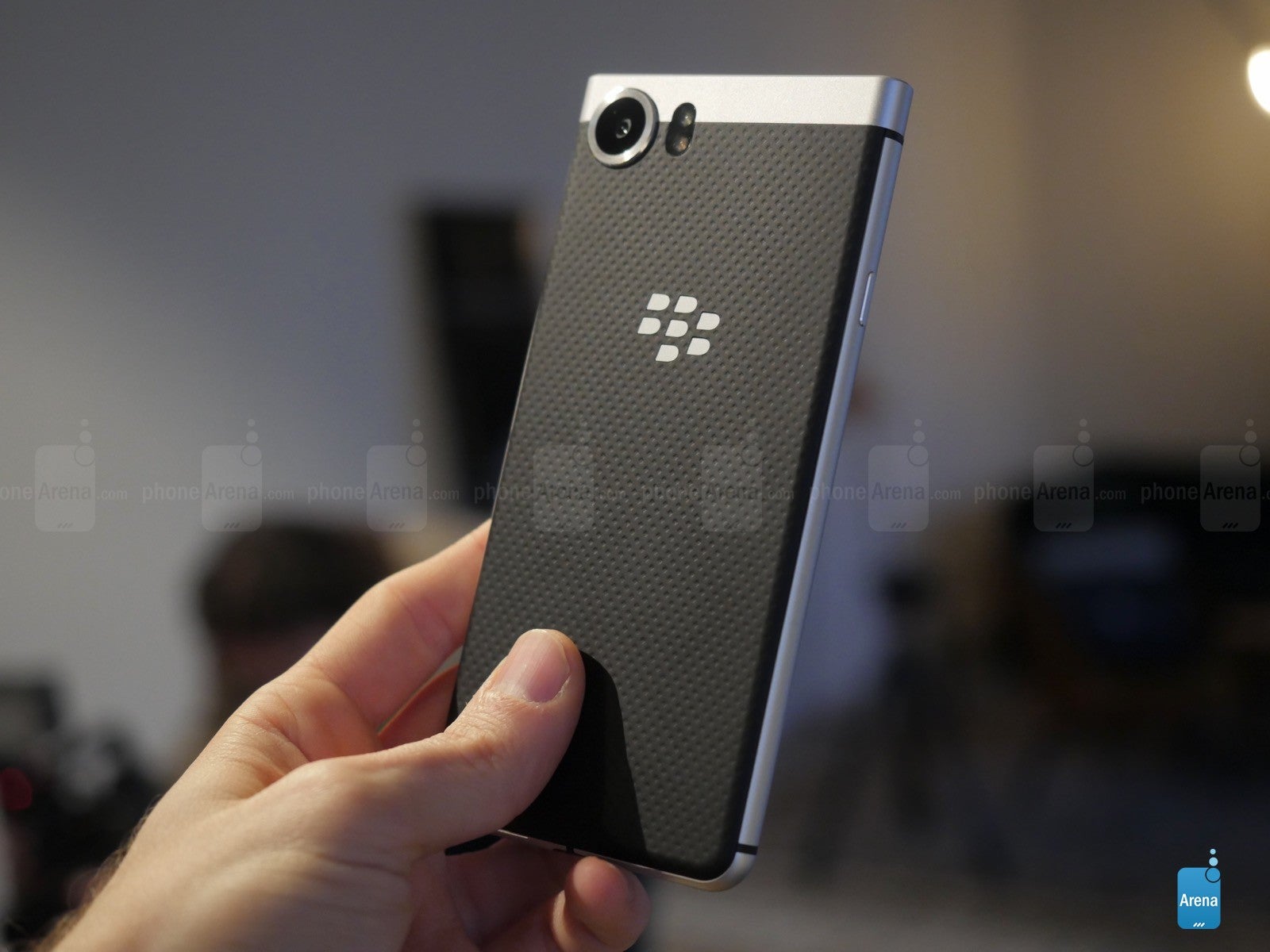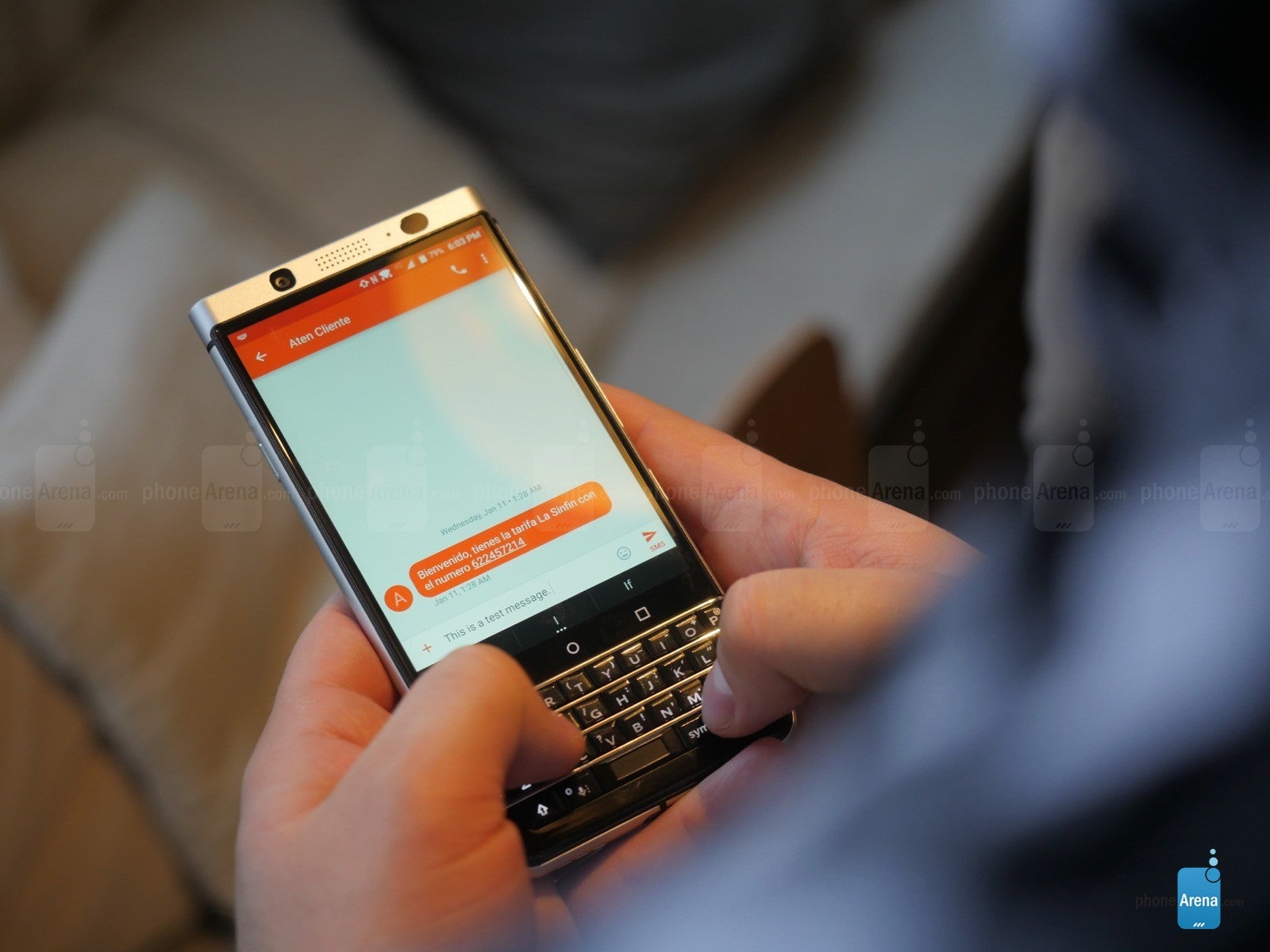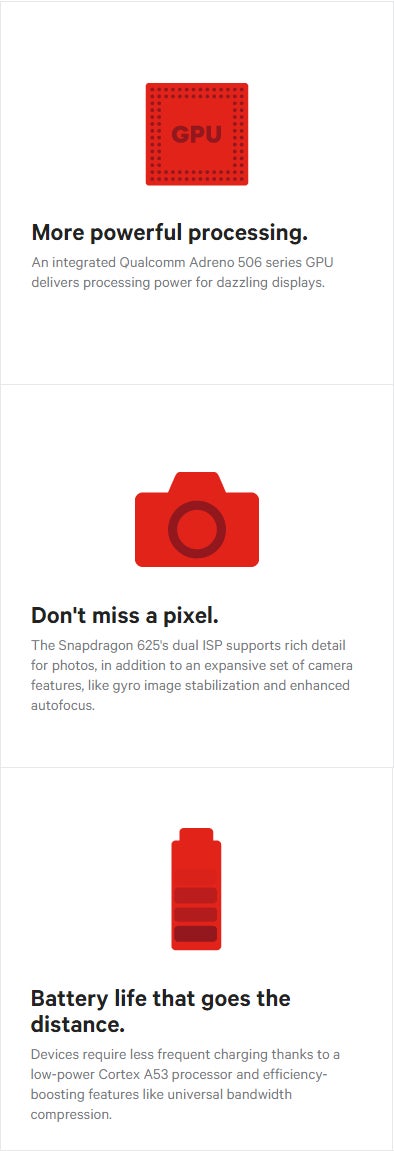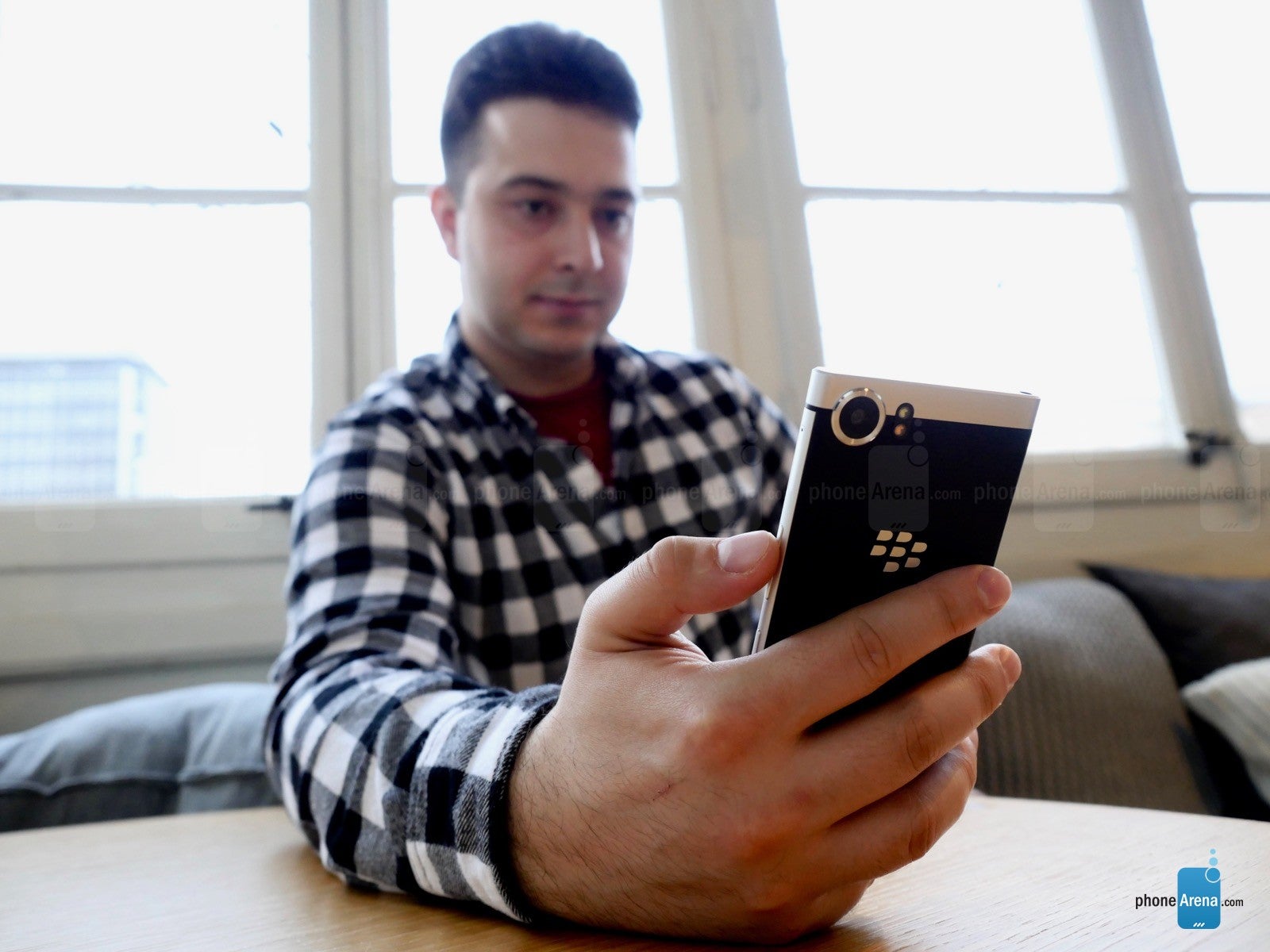A new age for BlackBerry smartphones has begun — the devices are out of the company's hands and are being
designed and built by TCL. Fear not, BB's full software suite will still be available on the new handsets. The first product to come out of this partnership is the newly-announced
BlackBerry KEYone. Sporting a very classy look and the good-old hardware keyboard, it will make the loyal fans grin. But what's under its hood? Let's take a deeper look!
Design
Incorporating a penguin-like, elegant black and white (OK, black and silver) pattern, metallic structure with a grippy, patterned rubber back, a backlit keyboard, and nicely curved sides, the KEYone just looks great. Sized at 5.87 x 2.85 x 0.37 inches (149.1 x 72.4 x 9.4 mm), it feels just right in the hand, though maybe a tad thick and just a bit heavy, weighing in at 6.35 oz (180 g).
As for hardware controls, we've got a power button on the left, a volume rocker on the right, and, just beneath it, the very, very useful mute key. The Android nav buttons are placed on a capacitive strip, just between the screen and hardware keyboard.
Display
Snapdragon 625's key features
As expected, we've got a rather unorthodox display on the device. It's a 4.5-inch screen with a 1080 x 1620 pixel resolution, which means its aspect ratio is 2:3. Great for viewing documents and spreadsheets, as the Passport's 1:1 ratio showed us in the past. The pixel-per-inch density measures at 433, which basically means a very, very crisp image. The panel itself is an IPS LCD one, and its protected by a sheet of Gorilla Glass 4 — not the latest generation, but still the most-widely used tempered glass for high-class devices.
Hardware
Here we go — the KEYone looks awesome, but what's under those shiny clothes? BlackBerry fans may be a bit disapponted to find out that it has a midrangers guts, but let's not forget that the flagship-grade
BlackBerry DTEK60 was just released 4 months ago. With that said, let's take a closer look at the specs!
A Qualcomm Snapdragon 625 powers the KEYone, ticking at 2.0 GHz. Built on a 14 nm technology (read all about nanometers here), it's an energy-efficient, octa-core processor, packaged with an Adreno 506 GPU. Seen on phones like the Huawei Nova Plus and Lenovo P2, we'd say it's a pretty good processor, and we expect it to work very well with the slightly retouched Android 7.1 Nougat on KEYone.
3 GB of RAM seems like a bit less than expected for what is an upper-midrange device, as nowadays the norm is usually 4 GB of RAM. Still, we believe the KEYone will do a good job at multitasking with what it has. As for internal storage, we've got 32 GB on board and a microSD card slot for an expansion of up to 2 TB.
We were pretty happy to find out that the KEYone has a generous battery with a capacity of 3,505 mAh. Of course, it remains to be seen how well the software does at optimizing battery usage, but the size of that juicebox definitely suggests a long battery life.
Camera
The main camera of the KEYone has a 12 MP sensor with large, 1.55 μm pixels, and a lens aperture of F2.0. This should translate to detailed images and awesome low-light performance, thanks to the big pixels and reasonably sizable aperture. Of course, we'll have to take it out for a spin, but on paper, the KEYone seems like it will have at least an above-average camera.
As for the selfie snapper, it sports an 8 MP sensor, so one's mugshots just might be too detailed to share. Again, we need some playtime with the KEYone to see how it works in the real world!
We've got 4K @30FPS video recording capabilities, and it seems there's no 60 FPS option for the lower resolution modes. So, no slow-motion as well, in case you were wondering. Also, make sure you fill that microSD card slot if you intend to grab a lot of 4K footage — the extreme resolution goes through storage like a 1,000-degree knife goes through butter.
Expectations
So, what do we expect the KEYone to be? Well, it's a classy-looking, metal smartphone that just says "I'm serious business". Its hardware is definitely above average, and it remains to be seen if TCL did a good job with internal design and optimizations. For the price of $549 in the US, we feel the handset should be a performer with very few drawbacks and, so far, we see no reason for it not to be one. We guess only time will tell!









![Some T-Mobile users might be paying more starting in March [UPDATED]](https://m-cdn.phonearena.com/images/article/176781-wide-two_350/Some-T-Mobile-users-might-be-paying-more-starting-in-March-UPDATED.webp)










Things that are NOT allowed:
To help keep our community safe and free from spam, we apply temporary limits to newly created accounts: